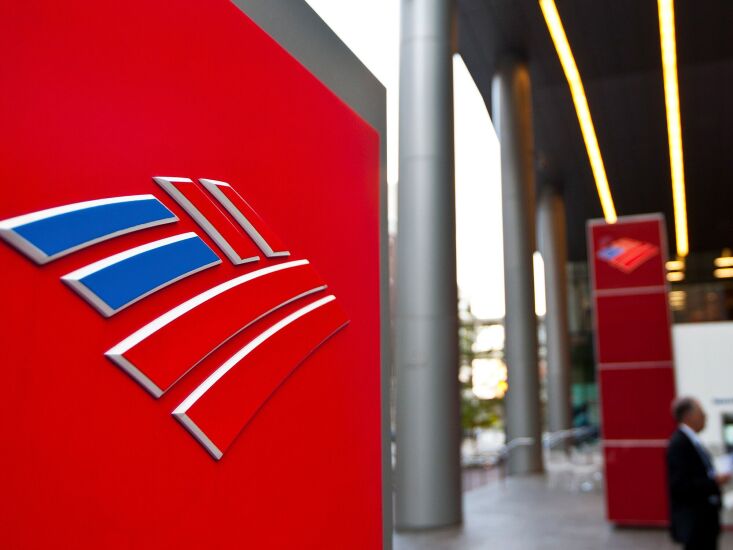
Stablecoins have gotten a lot of attention in recent months, pushing financial institutions to consider how to respond to the trend.
The result has been a rush of news of banks kicking the tires on
Stablecoins, which are supposed to be backed by reserves such as U.S. dollars, are considered the form of cryptocurrency most likely to support payments and other traditional financial services. The number of stablecoins in circulation has increased in recent years, and that growth is expected to accelerate.
The expected
"For a bank or credit union, having a strategy in place is important to define which role, if any, to take, be it issuance, custody, distribution, orchestration, acceptance, etc., as well as to understand how competitors, fintechs or clients adopting stablecoins could pose a threat," Christophe Uzureau, vice president and analyst at Gartner, told American Banker.
Here's a sample of banks that have announced stablecoins, are reportedly working on stablecoins or are developing products similar to stablecoins.














